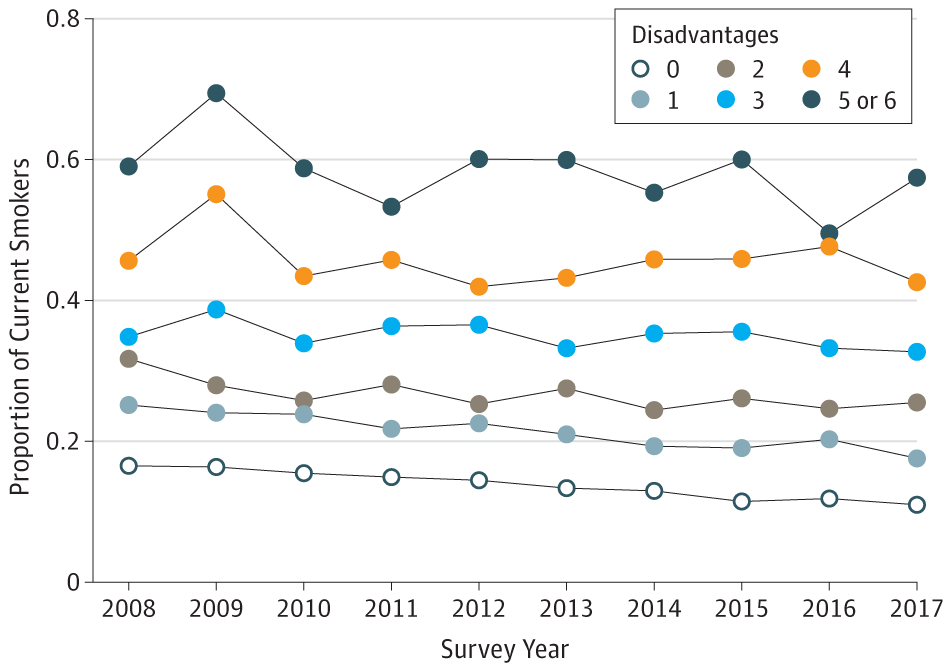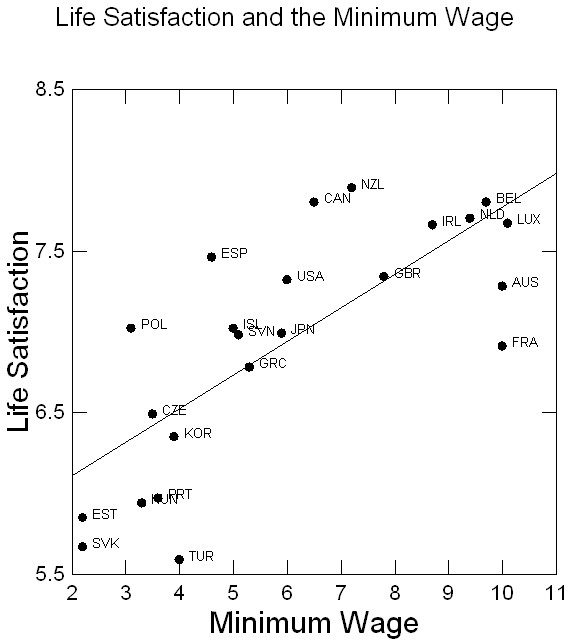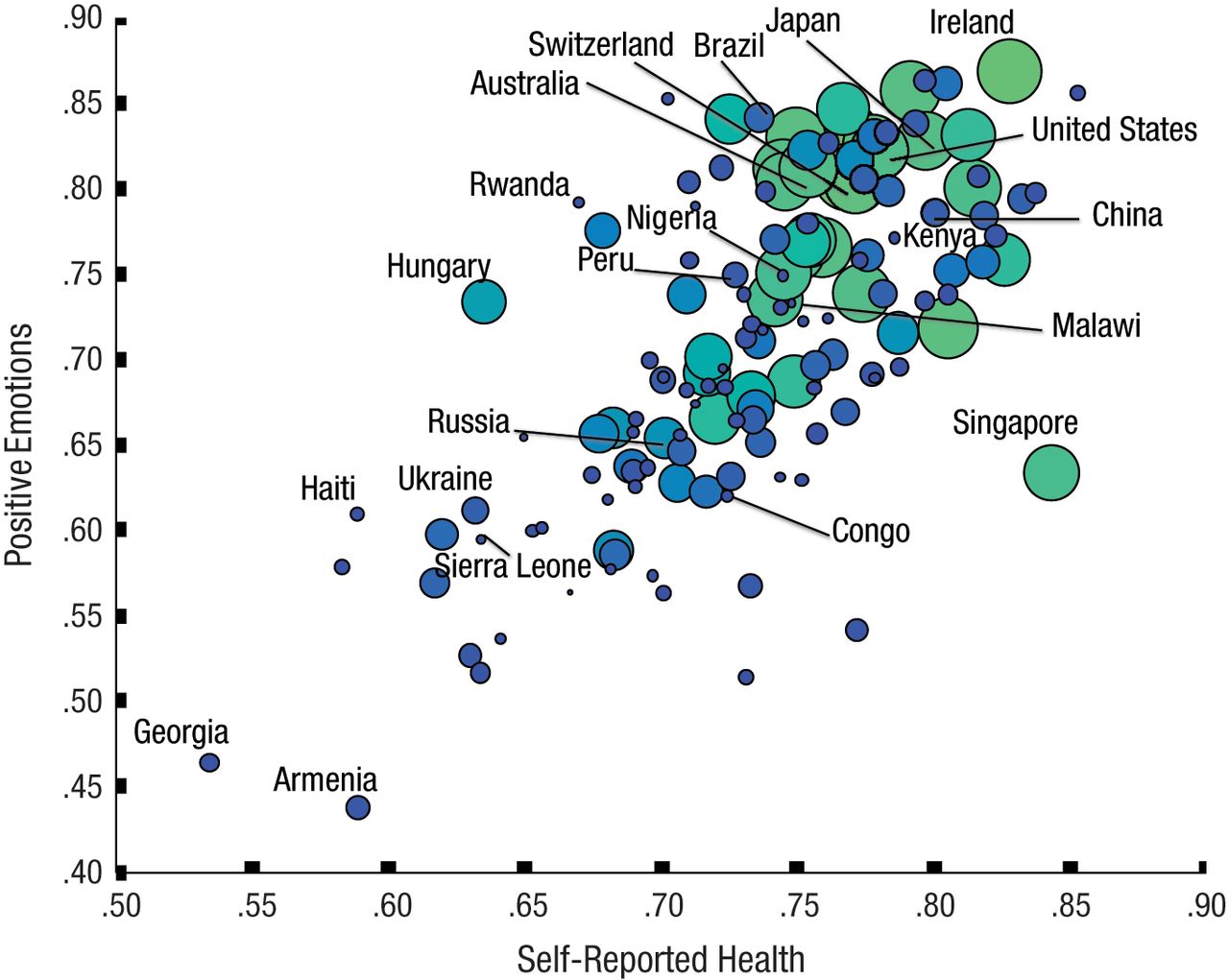Evidence is now overwhelming that wearing face masks slows the spread of the COVID-19 virus. But Americans haven’t universally donned these coverings. An effective leader would find a way to encourage people to adopt this lifesaving behavior.
Take sauerkraut, for example. My German father tried his best to get me to eat it when I was a child. He failed – I hate the stuff. But in the 18th century, sauerkraut was the difference between life and death for many sailors, meaning their leaders, their captains, had to find a way to convince them to swallow the vile stuff.
To read the rest of this piece, please visit Forbes.




